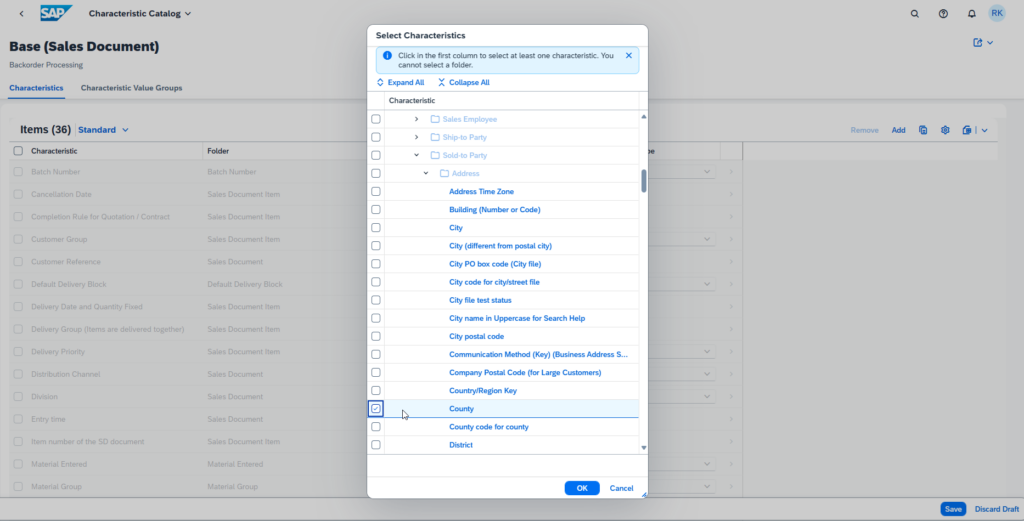How backorder processing in SAP S/4HANA can increase your profit margins

SAP S/4HANA’s backorder processing capabilities are designed to optimize order fulfillment processes by allowing businesses to prioritize orders based on various criteria. One of the key features is the ability to prioritize domestic customers over export customers when the domestic margins are higher. This ensures that the most profitable orders are fulfilled first, contributing to better financial results.
Scenario: Imagine a company that manufactures red rubber boats and has a mix of domestic and export customers. The company uses SAP S/4HANA to manage its backorders. Due to higher profit margins on domestic sales, the company has configured its backorder processing to prioritize domestic orders. When a shortage of available stock occurs, the system automatically adjusts the fulfillment queue so that domestic orders that contribute more significantly to the bottom line are processed first.
Furthermore, within each segment (domestic and export), the company can prioritize customers based on their payment terms. Customers who pay earlier, perhaps offering cash on delivery or payment within 10 days, are given priority over those with longer payment terms. This not only improves cash flow but also incentivizes prompt payments.
In practice, when a backorder situation arises, the system will first fulfill orders from domestic customers who pay early. Once their demands are met, it will then move on to other domestic customers, followed by export customers who pay early, and finally, the rest of the export orders. This strategic approach to backorder processing ensures that the company maximizes its profits and maintains a healthy cash flow.
See here’s what needs to be setup in SAP S/4HANA 🪛🛠️:
1.) Select desired sales order characteristics based on which you want to segment your requirements

You can choose almost every field from sales orders (header and item)

2.) Define a sorting sequence for your characteristics
In this scenario, customers who pay earlier shall be prioritized.

3.) Create your BOP segments (backorder processing segments)
I created 2 segments. One for for my domestic (German) customers and one for export customers (= ship-to country NOT EQUAL Germany…simple 😅)
In each segment, I added also the payment term sorting sequence. So within each segment, earlier paying customers are prioritized.

The domestic segment

The export segment

4.) Now we build a BOP variant (backorder processing variant)
In here, we define how the system shall distribute available quantities between the segments. For this, SAP delivers predefined buckets in which you can assign your segments.

As explained in the scenario, domestic requirements shall be prioritized, so I add the domestic segment to the bucket “GAIN” and put the export segment into the bucket “REDISTRIBUTE”. The second can win and loose, depending on the stock availability, whereas the first shall only gain additional quantities and not loose already confirmed quantities.

Multiple variants can be created and executed in a user-defined sequence.
5.) Execute the backorder processing run
Now, to test it, I created sales orders shown on the table below. There are confirmed Austrian orders and unconfirmed German orders. This happens because the available quantities are committed to the sales orders during its creation. With backorder processing, we can optimize this situation and boost profitability and cash flow.

The backorder processing is executed in background. In the background job, you assign the previously created BOP variant(s).
After the BOP run is executed, the system confirms exactly those orders which bring us higher margins and earlier cash into our bank account. 🕺💸
The app “monitor bop run” offers multiple views to analyse the executed backorder processing strategy and its results.

More details can be found in the official documentation: Backorder Processing (CA-ATP-BOP) | SAP Help Portal
Conclusion
The scenario described would be an excellent match for make-to-stock manufacturers and trading companies. These businesses typically have a diverse customer base and deal with high volumes of orders, making the efficient prioritization of backorders crucial for their operations.
Make-to-stock manufacturers benefit from this approach as they produce goods in anticipation of demand and must manage their inventory effectively to maximize profits. Prioritizing domestic orders with higher margins helps ensure that the most profitable products are available for immediate sale.
Trading companies, on the other hand, act as intermediaries and often deal with both domestic and international transactions. They can leverage SAP S/4HANA’s capabilities to prioritize orders based on profitability and payment terms, ensuring that they fulfill orders that enhance their cash flow and bottom line first.
In both cases, the ability to prioritize customers not only by the margin but also by payment terms allows these businesses to maintain a healthy cash flow, which is essential for their sustainability and growth.

